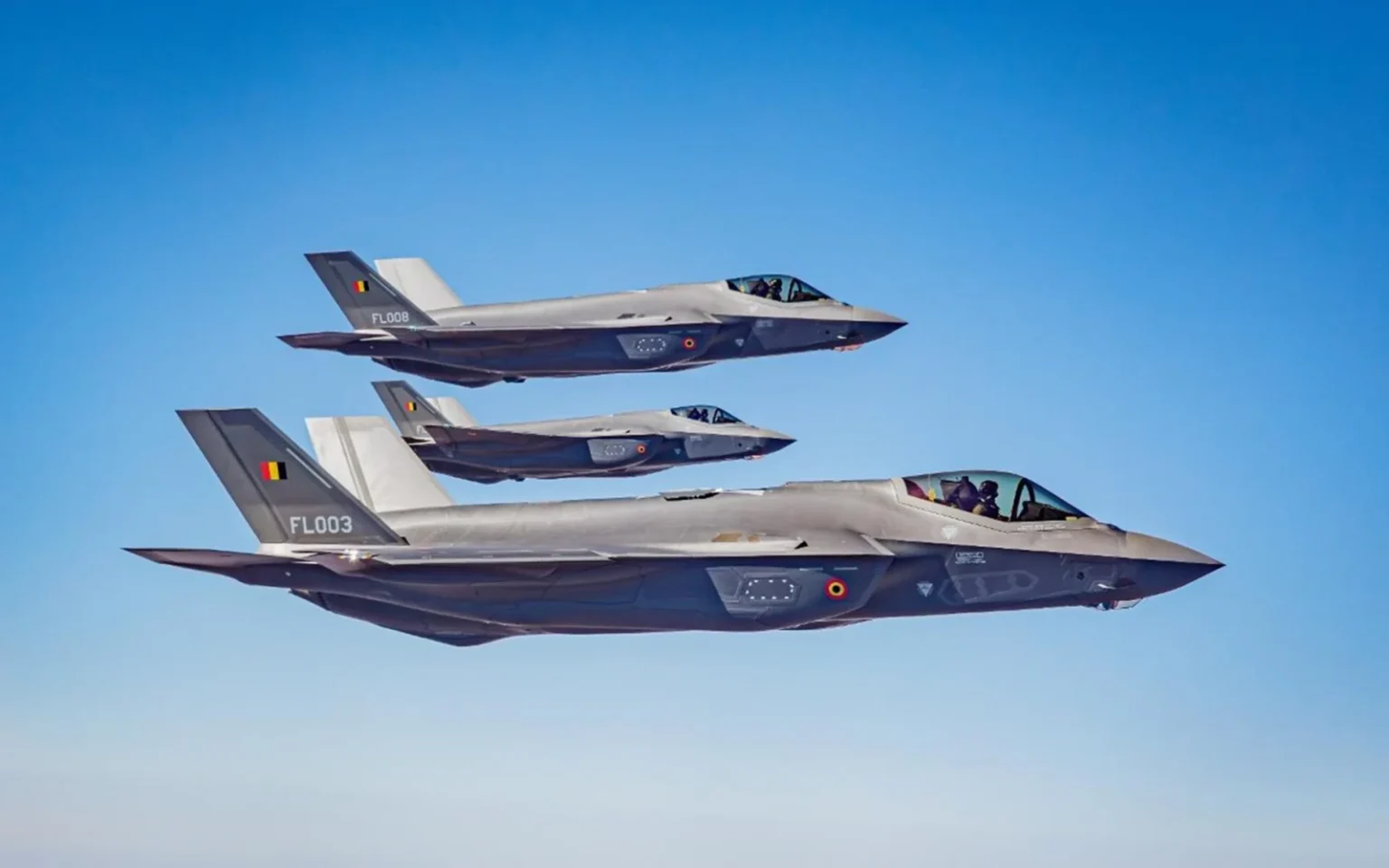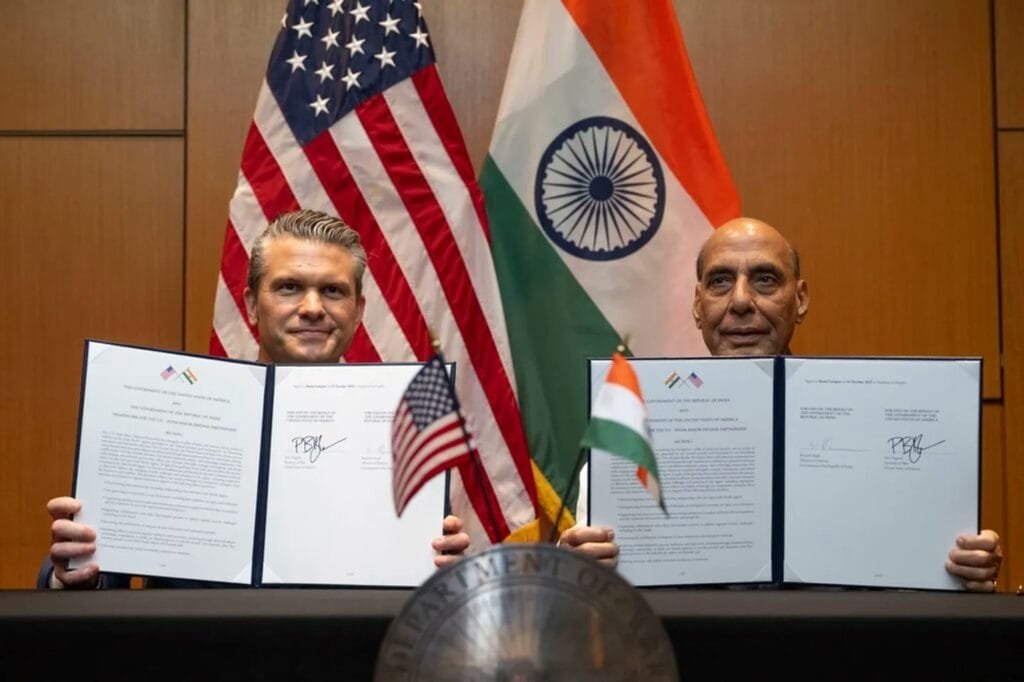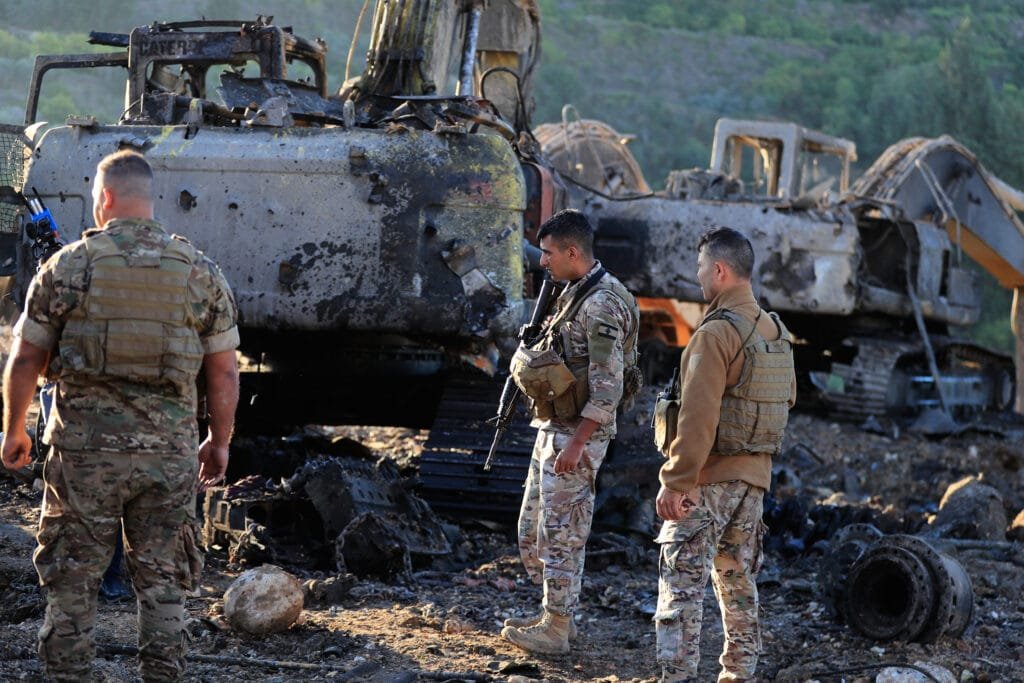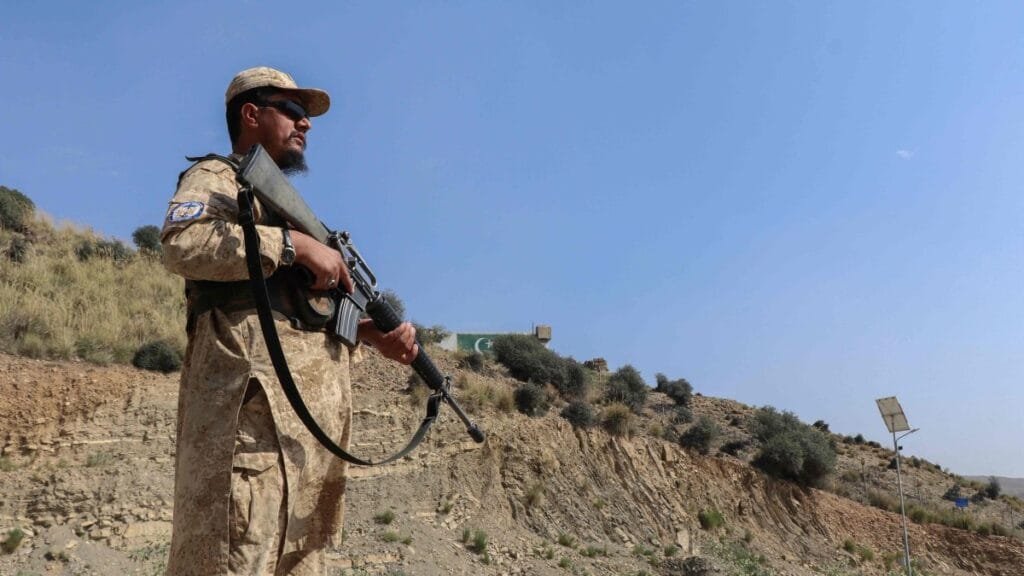Belgium on Monday marked a new chapter in its defence posture as the first F-35A Lightning II stealth fighters landed at Florennes Air Base, Namur province, with three jets touching down shortly after 3 p.m. local time. A fourth aircraft, due to accompany the trio, was held back owing to “technical uncertainty regarding its airworthiness.”
The jets were flown from Fort Worth, Texas, stopping over in the Azores before completing the roughly 2,800-kilometer final leg to Belgium. Their arrival was witnessed by King Philippe, Defence Minister Theo Francken, senior military officials and media representatives, under tight safety and yet celebratory conditions.
This delivery, part of a fleet of 34 F-35As ordered in 2018 (with a more recent expansion by 11 additional aircraft), is intended to begin replacing Belgium’s aging F-16 fleet over the coming years. The aircraft will be based at both Florennes and Kleine-Brogel air bases.
Pilots and ground crews have been undergoing conversion and training in the United States at Luke Air Force Base, building up the capacity to operate these fifth-generation fighters. Belgium has also invested in upgrading its infrastructure at its bases—adding hardened aircraft shelters, maintenance and planning facilities, simulators, secure data links and housing—to support the demands of the F-35A program.
The Defence Ministry emphasised that safety and technical standards remain central: the delay of the fourth aircraft underscored the care being taken in certifying readiness. Full operational capability is expected to be achieved in stages, with initial operations starting around 2027 and a full transition from F-16s by 2028.
Belgium also signed a new agreement with Pratt & Whitney and Safran during the delivery ceremony allowing local production of parts of the F135 engine—an industrial deal intended to embed Belgian industry more firmly in the global F-35 supply chain.
The arrival of the F-35s represents more than a hardware upgrade: it is seen in Brussels as essential for meeting NATO interoperability, reinforcing deterrence in the face of heightened regional security challenges, and enabling Belgium to fulfil commitments such as the planned transfer of F-16s to Ukraine once its own stealth-capable fighters are sufficiently operational.





